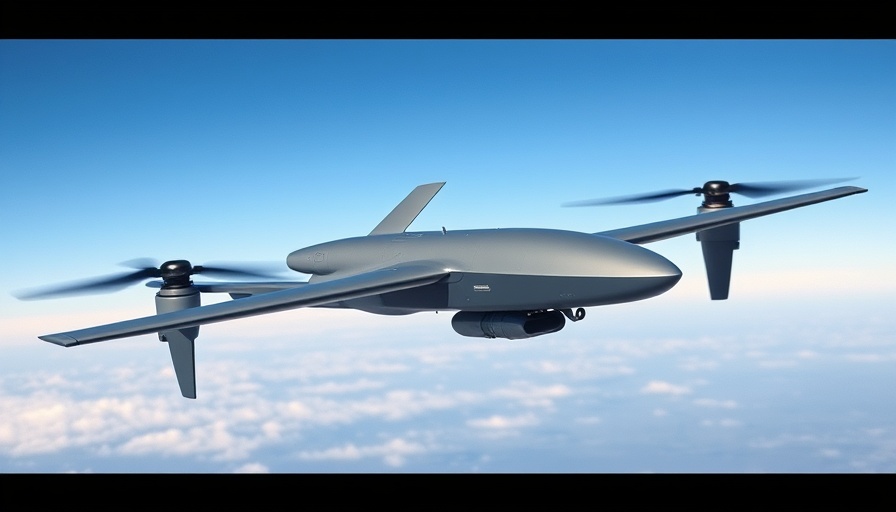
Pharmaceutical Industry Faces Tariff Storm Uncertainty
As the pharmaceutical industry navigates through turbulent waters, recent tariff considerations from the Trump administration have left stakeholders in a precarious position. The temporary deferral on tariffs targeting pharmaceutical imports from regions like China, India, and Europe has raised more questions than answers for executives, policymakers, and consumers alike. John Crowley, CEO of the Biotechnology Innovation Organization, articulated a sentiment echoed across the industry when he stated, "I don’t know if it’s broken, but it’s dangerously close. These tariffs potentially could be an existential threat to our industry." This uncertainty hangs like a specter over the delicate ecosystem of drug discovery and manufacturing.
The Hidden Costs of Drug Tariffs
Despite the intention behind these tariffs— to bolster domestic manufacturing— the ripple effects could be devastating. Drug prices may surge if tariffs are enacted, as pharmaceutical companies would inevitably pass on costs to consumers. The more pressing concern involves the supply chain: a staggering 70% of the basic substances and ingredients used in U.S. pharmaceuticals originate from China, leading to fears that any disruption could create catastrophic shortages. In late 2024, already 128 essential drugs were reported in short supply, including life-saving chemotherapy drugs. A lack of availability could render necessary treatments unavailable or impractically expensive.
Impacts on Health Insurance and Accessibility
The implications of foreign tariffs extend beyond drug production to critical issues surrounding health insurance. With nearly 40% of generic drugs consumed in the U.S. sourced from India, imposing tariffs will affect the financial viability of insurance systems. Many plans currently offer no or low-cost copays that make essential medications accessible. If drug prices skyrocket due to tariffs, patients might find themselves burdened with costs that have previously been manageable. This predicament poses significant ethical questions regarding access to healthcare.
A Call for Strategic Policies
As businesses face this wave of potential changes, the construction industry, which underpins the pharmaceutical sector’s production capabilities, should prepare itself for strategic shifts. Facilities dedicated to producing new and essential medications will need procurement strategies that prioritize equipment and space optimization in alignment with fluctuating material costs. Cost-conscious decisions in the development phase can ensure that projects remain viable even in uncertain economic conditions.
Future Insights on Drug Manufacturing and Construction Practices
Looking ahead, the pharmaceutical landscape is poised for transformation. Should tariffs be imposed, there could be an influx of investment towards building and equipping local manufacturing facilities, ultimately reshaping construction practices within this sector. By recognizing the potential for domestically produced drugs to be a cornerstone of not only healthcare security but also economic growth, stakeholders can advocate for policies that support this trajectory.
Actionable Insights for Stakeholders
In light of these developments, it becomes imperative for stakeholders— be it business owners or facility managers— to engage actively in discussions on policy frameworks that support domestic production. Organizations that create collaborative environments for dialogue could better navigate the complexities brought about by tariffs. Investing in community development strategies that foster local production will not only enhance supply reliability but also solidify trust in the healthcare system. It remains vital for decision-makers to weigh their options carefully and act proactively.
As the pharmaceutical sector braces for unpredictable tides, the emphasis must be placed on innovation, ethical business practices, and foresight. The challenges presented by potential tariff enactment undoubtedly paint a stark picture of the future, yet they also herald an opportunity for transformative change.
 Add Row
Add Row  Add
Add 




Write A Comment